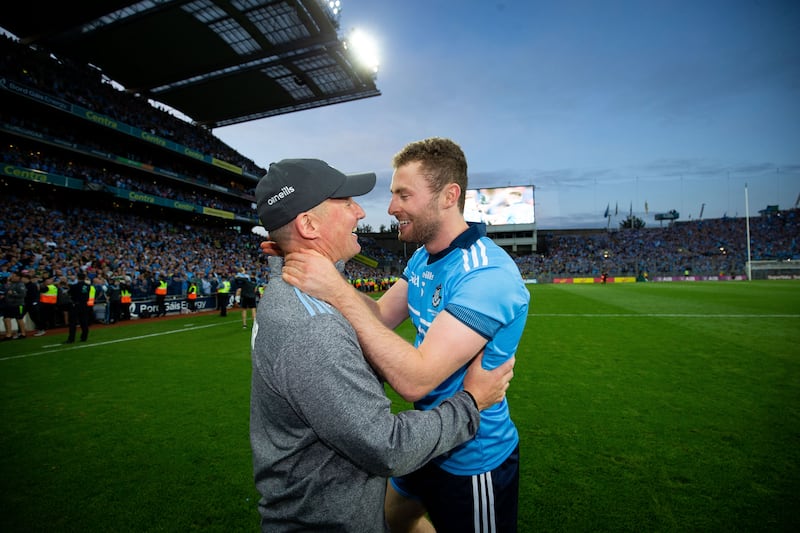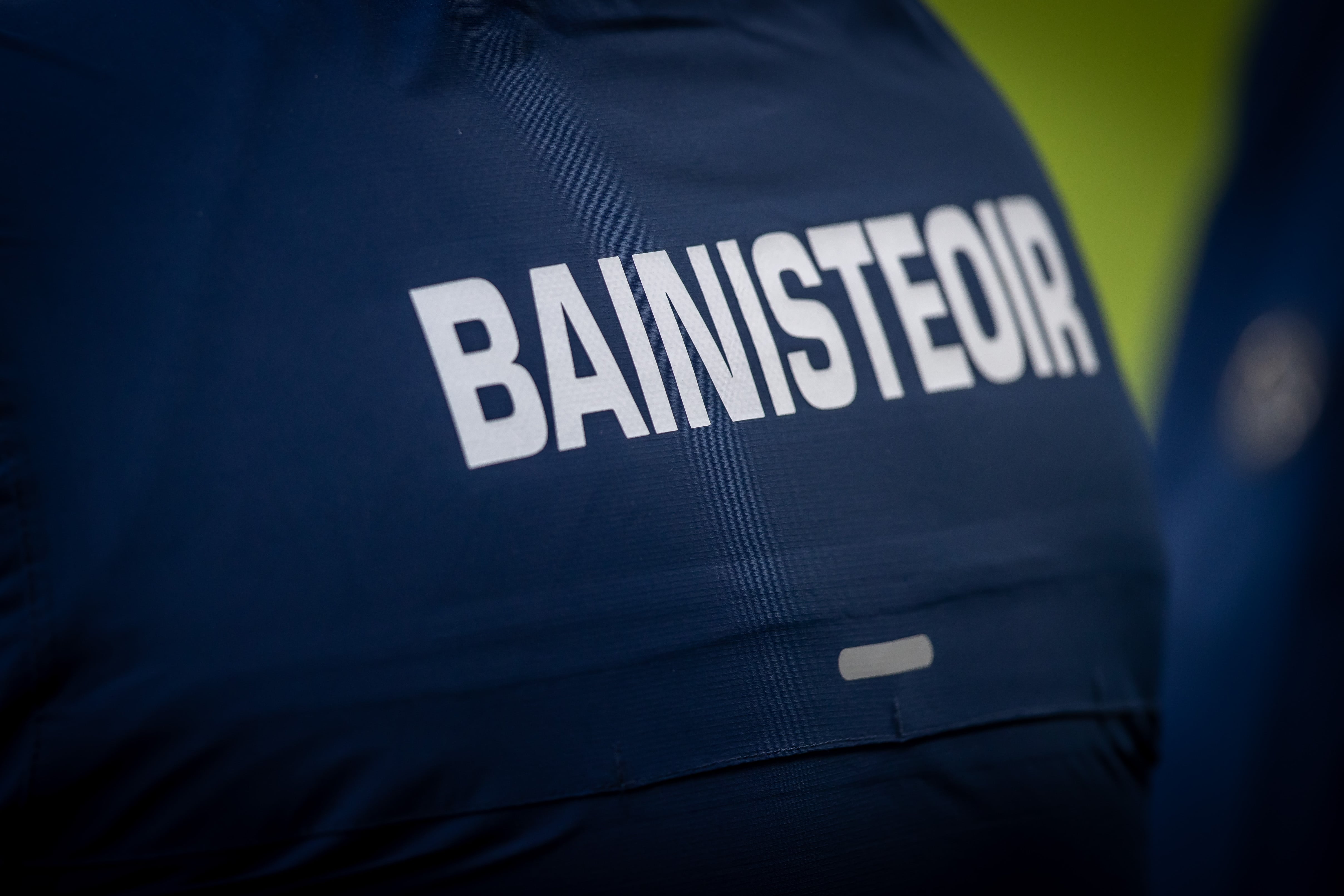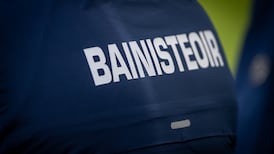There is a natural inclination to compare the five-in-a-row pursuit of Dublin’s footballers five year ago to Limerick’s approaching dates with the same destiny.
It is of course extraordinary that this Holy Grail of GAA achievement should be up for grabs twice in 10 years, given that until the association’s 125th anniversary in 2009, even the four-in-a-row had been achieved just five times.
The two teams for all their contemporaneity, have operated in very different circumstances if not actual eras. Pre- and post-pandemic might be thought of as unrelated to championship play but there were definite impacts.
For a team of such physical dominance, Limerick – not unlike Clare in the 1990s – were better suited by a smaller number of fixtures. In the Covid years of 2020 and 2021, the All-Ireland title could be won in a handful of matches.
READ MORE
Dublin added their sixth on the back of a five-match campaign, whereas the first two back-to-back All-Irelands of the current sequence were achieved by Limerick in a cumulative nine fixtures.
Unlike football, hurling in the Covid years simply reverted to the old qualifier system, which guaranteed a second chance, so there wasn’t even the frisson of jeopardy endured by Dublin and Tyrone in 2020 and 2021 that one defeat would spell the end of their season.
Such speculation is probably irrelevant in that neither Dublin nor Limerick faltered even once in knocking off provincial titles as the precursor to All-Irelands during the years in question.
Their supplementary records are also similar. During the football five-in-a-row, Dublin won three national leagues and five Leinster titles, whereas Limerick have two leagues to go with their five – now six – Munster titles, which is a record in itself.
One potential difference is that Dublin manager Jim Gavin stepped down after 2019 and there is no indication that John Kiely might be planning to do the same if his team successfully make history.
Viewed through the lens of hindsight, it was possible to see that the end of an era was coming for Dublin. The final year felt different, more of an exercise in getting over the line.
Would an earlier Gavin have given Diarmuid Connolly, who had left the group that summer, a fast-track back into the panel while some of his ever-present contemporaries struggled to get a place on the bench? The fifth year was notable for the lack of a newcomer in the first team – given Gavin’s success in adding a new starter every year until then.
There is no such sense of a finale about Kiely and Limerick. In fact, for a team that has legendarily depended on nearly all of the 2018 team that landed the county’s first All-Ireland in 45 years, this year has seen a burgeoning of options.
Ten of the side that won the record sixth successive Munster on Sunday started in 2018 and a further three could have been involved but for injury.
Yet, Kiely was able to start Shane O’Brien, a 2024 debutant, at full forward. Adam English (2023) came on to make an impact with a point from play and they were joined in the attack by Donnacha Ó Dálaigh (2024), scorer of 1-1 in the round-robin defeat of Clare.
The corollary of finding new players is ending the careers of great servants when they reach that stage. Kiely has yet had to handle this delicate situation, but unlike Gavin, he simply hasn’t had to. Limerick players, largely imported from his two under-21 teams of the past 10 years, haven’t yet got to the point of obsolescence.

It is also to Kiely’s credit that unlike Gavin, he has had to navigate serious injury to a number of top players along the way.
As teams they had different priorities and challenges. This can be seen in their respective records. Limerick have lost twice, to Clare (2023) and Cork this year and drawn twice with Clare (2022) and Tipperary last year – all matches in Munster.
Their All-Ireland semi-finals and finals have been a different matter. Limerick pick up momentum coming into Croke Park and it’s hard to think of a single championship match in which they were genuinely imperilled at the venue since losing their last knock-out match to Kilkenny in 2019.
Their four Liam MacCarthys since then have been won on the last day by 11, 16, two and nine points.
Dublin on the other hand had their toughest contests in the last four of the All-Ireland, having strolled through the province.
They failed to win three matches, compared to Limerick’s four – obviously in a knock-out format those matches had to be draws, and they needed replays to beat Mayo on two occasions (the 2015 semi-final and 2016 final) and for the five-in-a-row itself, Kerry in the 2019 final.
What precedent has taught us about both teams is that they are able to rise to the occasion, a capability which reflects well on both managements.
Shane Flanagan is the GAA’s national director of coaching. In an interview about the prevalence of serial success in modern Gaelic games last year, he said that for all the data and science, coaching also has to be an art.
“Equally there’s an art in coaching and peaking at the right time and that has always struck me about Dublin in the past few years and Limerick as well. They’re fresh and peaking at the right time. That’s getting the balance right between on-field coaching and the engagement of strength and conditioning and also knowing when enough is enough.”
The teams though have been slow to engage with the concept of “enough”.

















